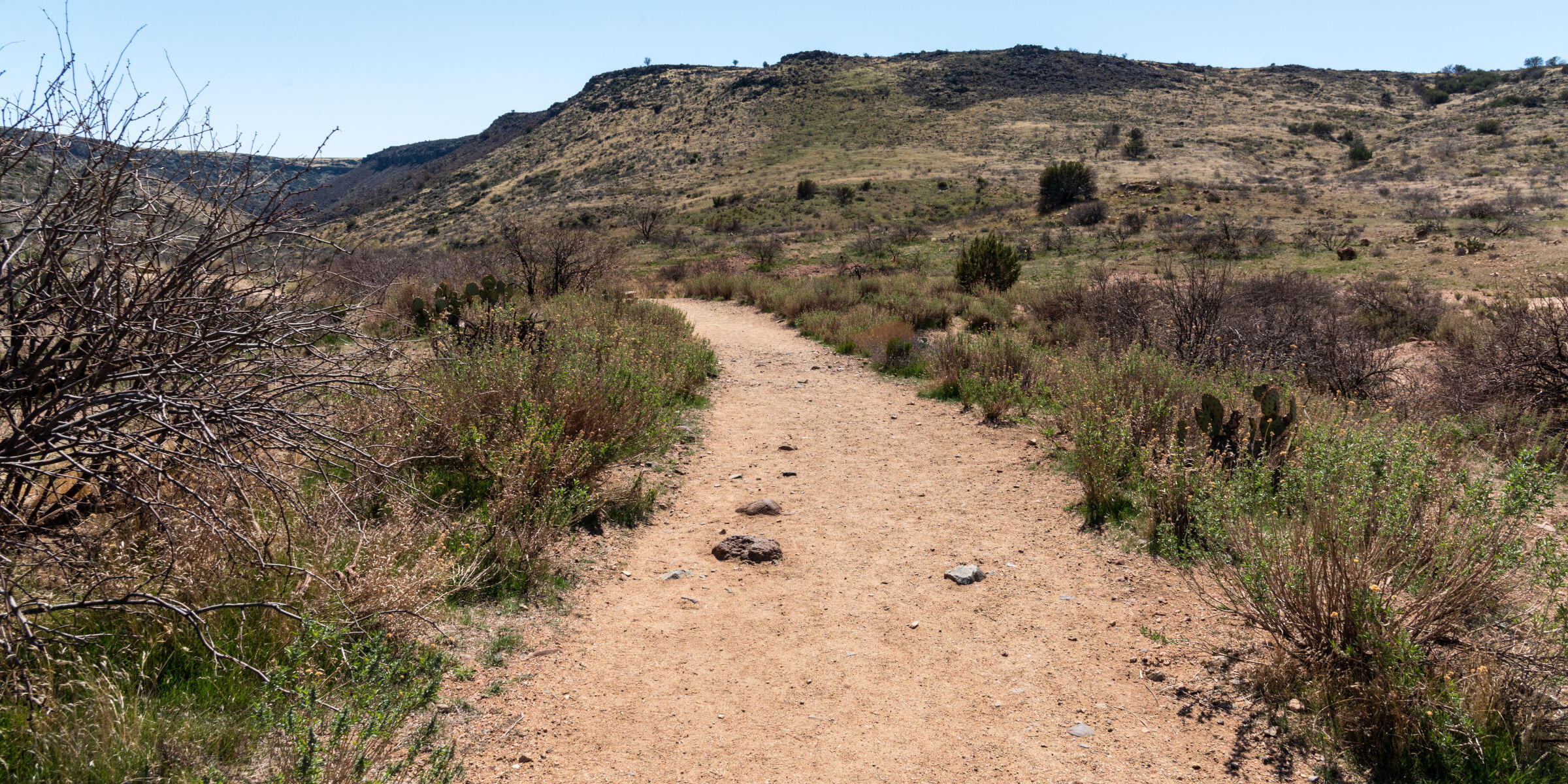House Finch, Pyrrhuloxia, and Northern Cardinal (left to right). Santa Cruz County, Arizona. Photo: Nate Chappell/Audubon Photography Awards
At the convergence of a dizzying array of habitat types, the American southwest is a region like no other. Between Arizona and New Mexico, the region boasts the continent’s four major deserts (the Chihuahuan, Sonoran, Mojave, and Great Basin), the southern extent of the Colorado Plateau and the Rocky Mountains, the northern tip of Mexico’s Sierra Madre Occidentalis, the northern reaches of the Colorado River delta, other valuable western rivers like the Gila, Rio Grande, San Pedro, and others, the far eastern edge of the Great Plains, and a diversity in elevation that allows for everything from low, sandy desert to montane forests and subalpine tundra.
With this diversity in habitat comes a diversity of birds – nearly 600 species have been documented between the two states, roughly 200 of which are considered rarities or vagrants. However, it also comes with a diversity of threats. Climate change, aridification, wildfire, human development, introduced species, poor land and resource management, and more are all putting strain on southwestern habitats and the birds (and people) that call them home.
Check out the links below to learn more about the Southwest’s birds: specialty and priority species, tips and resources to help guide your birding adventures, and opportunities to get involved in region-wide conservation efforts.

Curve-billed Thrasher. Photo: Greg Rogers/Audubon Photography Awards.
The Southwest has no shortage of birding destinations - the hard part is deciding where to go first.

Photo: Corey Lycopolus/Audubon
The Birdability Map is a crowdsourced map that describes in detail the accessibility features of birding locations all over the world. It is a work-in-progress, and anyone can contribute to it. The Map is an ongoing collaboration between Audubon and Birdability, a nonprofit whose mission is to share the joys of birding with people who have disabilities and other health concerns. Explore the map to find accessible birding locations near you.

Lesser Goldfinch Photo: Layne Naylor/Audubon Photography Awards.
Put your hobby to good use for birds and their habitats by joining our growing community of volunteer scientists.

Sandhill Crane. Photo: Ann Kramer/Audubon Photography Awards.
Keep an eye on your favorite birds with the Arizona Game and Fish Department

Spotted Towhee Photo: Evan Barrientos.
Your guide to birding in the land of enchantment's northeastern quarter
Engage in community science by joining a bird count, survey, or other opportunity.
Transform your landscape into valuable habitat for birds and other wildlife.
Receive action alerts about water issues, and issues that are affecting birds across the arid West.
Help secure the future for birds at risk from climate change, habitat loss, and other threats. Your support will power our science, education, advocacy and on-the-ground conservation efforts.
Visit the Nina Mason Pulliam Rio Salado Audubon Center in Phoenix, Arizona.